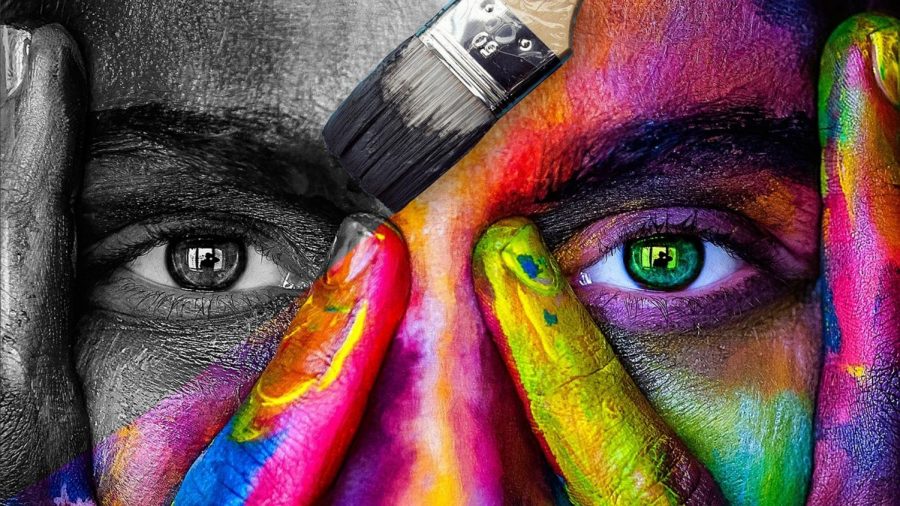Seeing in a Different Light
Every student sees the world differently - literally.
Color is a property of light seen by people. Although colors appear a certain way for most people, about 4.5 percent of the world’s population sees them differently. This select group of people suffer from different forms of colorblindness. Conditions like Protanopia prevent people from seeing versions of the color red. Other conditions cause reduced sensitivities to colors, like Tritanomoly, which is extremely rare and causes a reduced sensitivity to the color blue.
Being colorblind can affect someone’s daily life minimally or tremendously; their inability to tell the difference between colors can make it hard to describe their surroundings and can potentially put them in danger. When one is unable to see road signs clearly, automobile accidents are inevitable.
Color blindness can also affect someone’s work at school. Junior Christain Cabeza has difficulty telling the difference between reds and greens. “We were filling out maps in Mrs. Sunset’s class last year,” Cabeza said, “and two of the colors were red and green. It was pretty challenging for me, but it turned out fine.”
Junior Lauren Page* suffers from a condition known as Deuteranopia, which is the inability to distinguish red from green. “My Deuteranopia isn’t that severe, so I can [sometimes] see tints of red and green,” Page said. “[Also], the shades of the colors are usually lighter or darker, so I can tell the difference between them anyway.”
Color blindness is a genetic disorder caused by the lack of response in the color-sensitive cone cells in the eye, so those who are affected typically have parents who are either carriers of the gene or affected, too. “One of my older brothers is colorblind as well. Also, I think either my grandfather or his father was colorblind,” Cabeza said. Because color blindness is genetic, there is no cure for it. Fortunately, contact lenses and glasses are available with filters to help color deficiencies. The filters counteract the color deficiencies in the eyes, allowing people who suffer from these conditions to see color in a world that previously lacked it. These glasses can cost anywhere from $250 to $450–a small price to pay for color.
*name changed for anonymity

